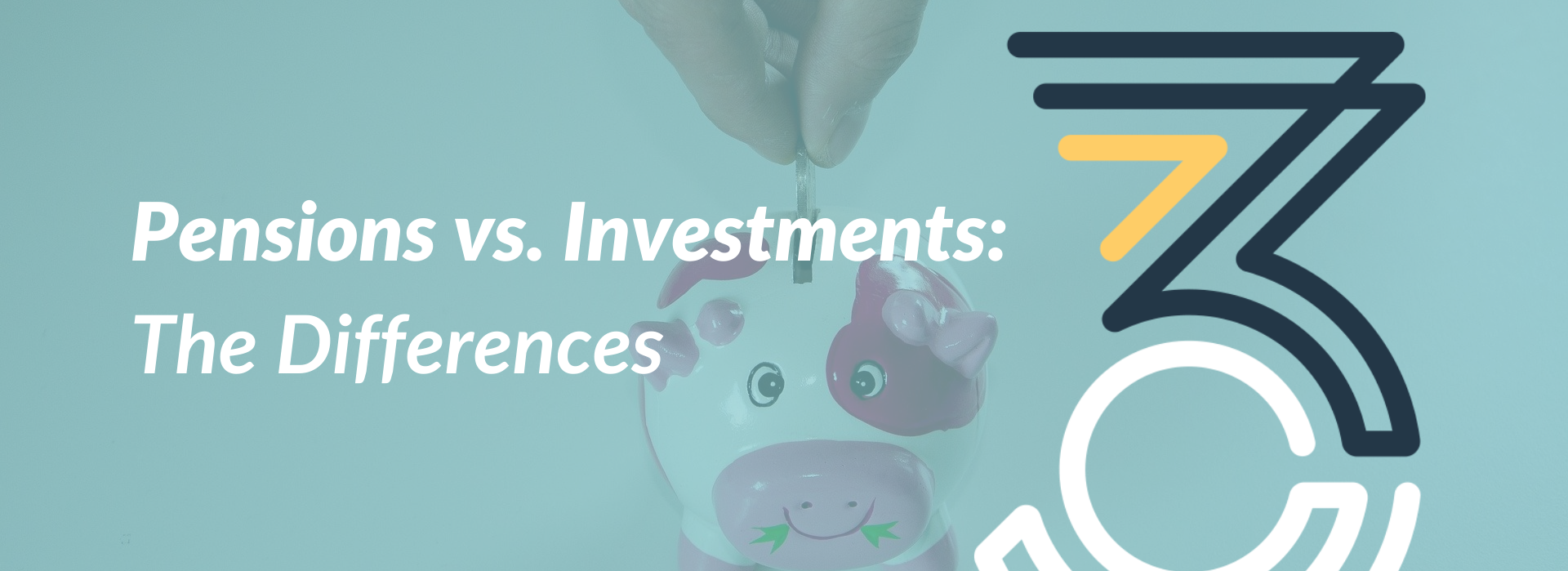A common misconception is that ‘pensions’ are something radically different from ‘investments’ and that having a pension is, in turn, an entirely different investor experience to having an investment.
In fact, money purchase pensions* are simply investments, with a specific tax wrapper around them which brings them under pension legislation.
It’s this tax wrapper around the investment that brings with it the rules and reliefs applicable to pensions, however, for the most part, the underlying investment holdings won’t be radically different from that of a ‘normal’ investment e.g. a General Investment Account or an ISA.
So, what makes a pension tax wrapper different?
The first big reason that pensions differ from investments, is tax relief. Under current legislation, individuals can contribute towards a personal pension and receive tax relief at their marginal rate of tax. A simple example of this would be, that a basic rate taxpayer could contribute £100 gross to a pension and it would only cost them £80; the same £100 contribution for a higher rate taxpayer would cost £60. Even non-earners can benefit from tax relief on contributions to a certain level. When compared to most other investments, this is a big advantage when trying to build up capital for retirement.
Next, the Inheritance Tax. Most mainstream investments will be held within your estate for inheritance tax purposes. This means that in the event of your death, they will form part of the ‘pot’ on which a potential inheritance tax liability is calculated. Pensions are held outside your estate for inheritance tax purposes and, with careful planning, it’s possible to keep them that way. The current rate of inheritance tax is 40%, therefore pensions can provide a key role in inheritance tax planning for many individuals.
A main feature of pensions is the Pension Commencement Lump Sum (PCLS). Often known as Tax-Free Cash, when we retire, we can usually access 25% of the pension pot tax-free. The remaining three-quarters will be taxable under income tax rules, where you will pay tax on the pension income along similar lines to earned income.
The investments within the tax wrapper grow in a tax-free environment. This is similar to that of an ISA, which also grows free of tax.
As you may have noticed, pensions are an extremely tax-efficient wrapper and, for lots of people, are a key component of their tax-planning kit bag. Although the circumstances of each individual need to be carefully considered, the tax-efficiency of a pension is often a reason to consider it over and above other investment wrappers.
Are there any downsides to a pension tax wrapper?
With the tax efficiencies of a pension wrapper, comes a fair amount of ‘red tape’. There are certain restrictions which mean that a pension wrapper may not be the most suitable option to meet certain objectives. It’s, therefore, crucial to seek financial advice before deciding on a suitable tax wrapper for your money.
Pensions can’t be accessed until you’re at least 55. This, in fact, will soon rise to 57 and it is likely that this minimum age will increase in line with increases to the State Pension age. This means that, once you’ve invested into a pension, you may have a long wait before you can access the money again.
Three-quarters of your pension pot will be taxable at your marginal rate when you draw it. this means that the tax relief your contributions may have received on the way in could be somewhat ‘undone’ in retirement, depending on your circumstances. When compared, for example, to an ISA, pension income may not be the most tax-efficient when we get to the ‘spending stage’.
There are restrictions on how much you can contribute to a pension in any given year, and also during your lifetime, without incurring restrictions or loss of tax relief. This means that the level of payments you make into a pension need to be carefully cross-referenced to factors such as your earnings, whether you have accessed pension benefits previously, or how much has already been contributed to your pension by your employer. This is a particularly complex area, which we have previously discussed here. Other investment wrappers have their own restrictions too, such as an ISA which is governed by the annual ISA allowance.
Although we’re highlighting some of the differences between pensions and other investment wrappers, it’s important to remind ourselves of one key similarity; when we invest, be it via a pension, an ISA, an Offshore Bond or any alternative wrapper, if we are investing into underlying holdings which can go down as well as up (which we usually are) there is always a risk to your money. There are no guarantees, no fixed rates of return and we need to accept that our money can- and probably will- go down in value at times. This isn’t controlled by the tax wrapper; be it pension or otherwise. This is entirely dependent on the underlying investments and advice regarding the suitability of these is key.
Understanding whether to invest via a pension, an alternative wrapper, or whether to invest at all, can be complex and it’s vitally important to seek advice based on your own circumstances. The above information is generic and, although we hope it will help to explain some of the basic differences between pensions and investments, this isn’t a ‘one size fits all’ subject. As always, we’re here to help if you would like any advice on the suitability of tax wrappers based on your own circumstances.
* NOTE: Not the final salary type that was historically more common than they are today
If you wish to discuss the contents of this blog post please contact corryn.wild@three-counties.co.uk or telephone the office on 0191 230 3034.
Disclaimer: The above content does not constitute financial advice. Your circumstances may differ from those outlined and you should seek advice which is relevant to your own situation.


